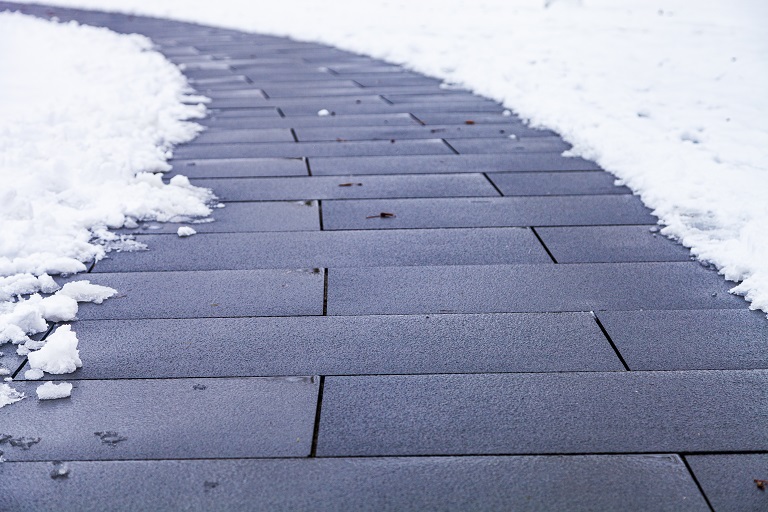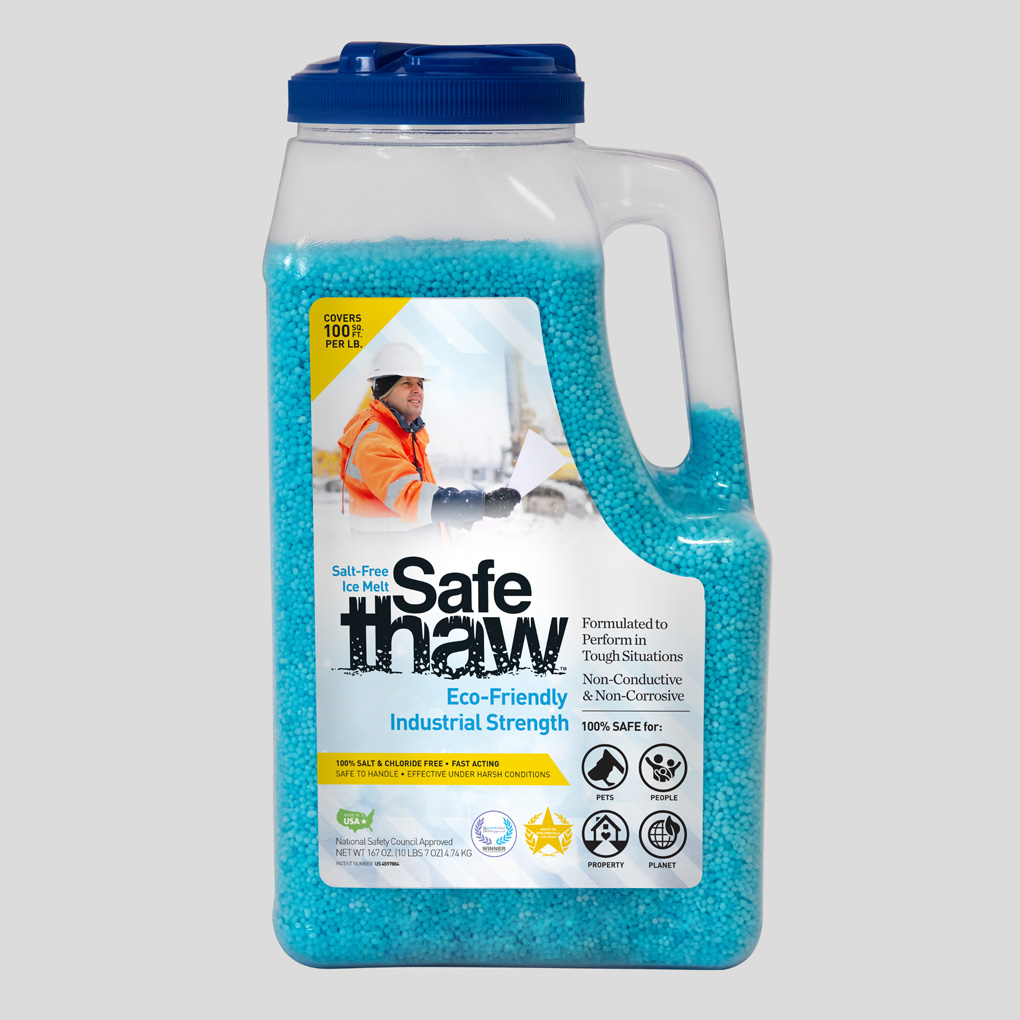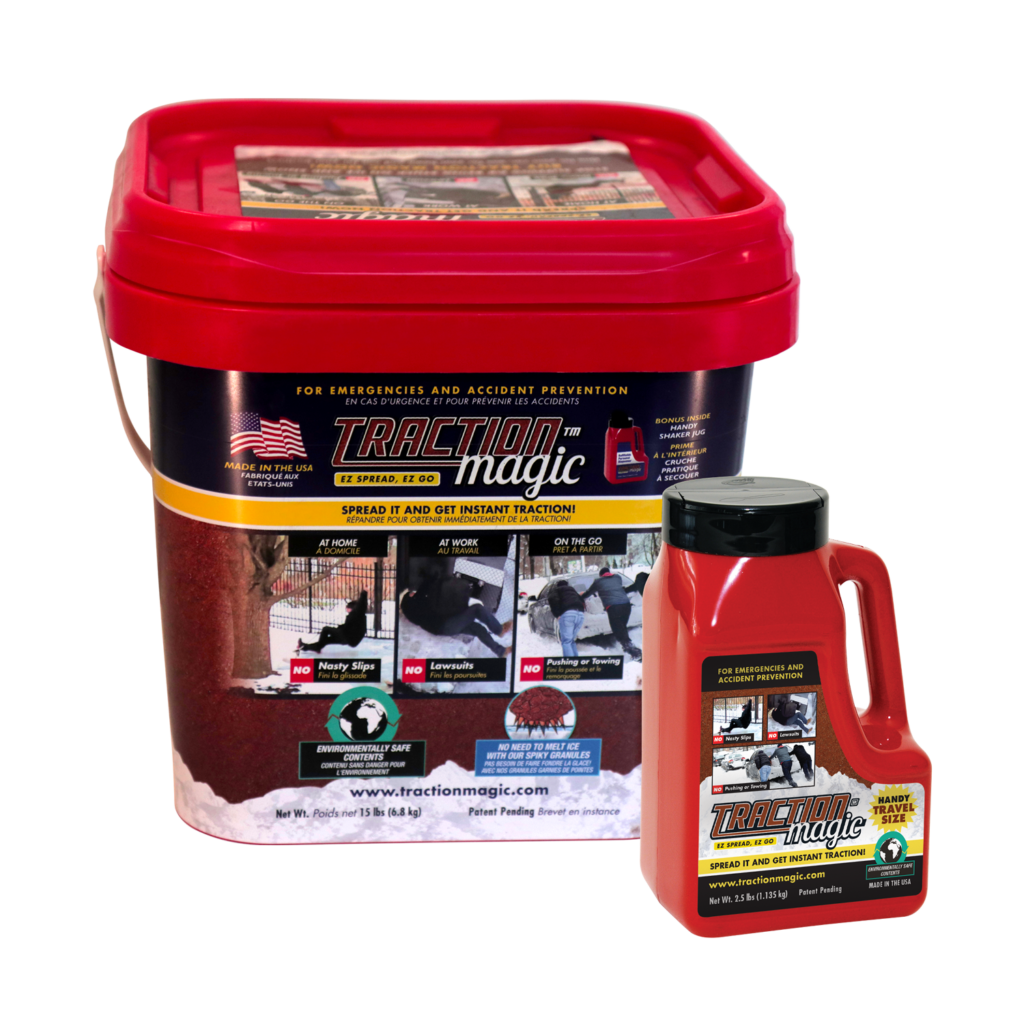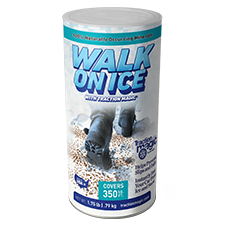Why Your Bluestone Patios Need A Different Ice Melt

Winter is a tough season for outdoor spaces. No matter how carefully you decorate your patio or deck, cold weather can quickly destroy your hard work. If you have a bluestone patio, winter can be even tough. That doesn’t mean you put your patio or deck away until spring! With the correct ice melt and simple tips, you can keep your bluestone patios and decks safe all year round.
Bluestone Properties You Should Know About
Bluestone is a natural stone that is popular for patios. It’s porous, so it can stain easily if not properly taken care of. It will also be damaged by snow and ice if you don’t protect it.
In fact, its porous nature makes it such a good choice for patios and driveways. It has been used for centuries in flooring applications, but because it’s so soft, some homeowners may worry about protecting these surfaces from ice melt or de-icing products (like salt) and prevent damage over time.

Does Ice Melt Damage Bluestone?
Bluestone for patios are a popular choice for outdoor spaces due to their natural beauty and durability. However, when winter arrives, the question of how to care for bluestone for patio surfaces becomes essential. Bluestone is a natural stone known for its resilience, but it can be sensitive to certain ice melt products. So, what ice melt is safe for bluestone? Traditional rock salt and some chemical-based ice melters contain chlorides that can harm bluestone surfaces over time. These substances can penetrate the stone, leading to cracks, pitting, or discoloration. Therefore, it’s crucial to choose the right ice melt product to protect your bluestone patio.
What Happens When Bluestone is Heated?
Bluestone is a dense and non-porous material. When heated, it retains warmth, making it an excellent choice for outdoor patios. During winter, bluestone for patios can absorb heat from sunlight, helping to melt snow and ice naturally. However, this process may take time, and in extreme cold, it may not be sufficient. This is where the use of a safe ice melter like Safe Thaw can be beneficial.
Is Bluestone Slippery in Winter?
Bluestone patios have a textured surface that can provide some traction even in winter conditions. However, when covered with ice or snow, any surface can become slippery. To enhance safety, regular removal of snow and ice is recommended, along with the use of a chloride-free ice melt like Safe Thaw.

Safe Thaw
Safe Thaw was created as the ice management solution for tough winter environments. Ideal in commercial and industrial properties, shops, government agencies, bridges, and construction.
Best Ice Melt For Bluestone:
The best ice melt for bluestone is one that is chloride-free and safe for natural stone surfaces. If you’re having trouble deciding what type of ice melt to use on your bluestone patio or driveway, do not worry—there is an answer!
- Chemical-Based Ice Melt: If you’re thinking of using regular rock salt on your bluestone patio or driveway without causing damage, rethink. If your goal is preservation, we recommend using something that is free from chemicals like sodium chloride, calcium chloride, magnesium chloride, etc. A chemical-free ice melt helps prevent stains.
- Chemical-Free Ice Melt: This is where Safe Thaw comes in! This product contains special surfactants, inhibitors, and ice melting boosters that make maintenance easier by preventing buildup. It contains natural ingredients (modified urea) which means zero stains on the bluestone and other natural stones. We have found that it melts snow fast and works in low temperatures. Therefore, it’s considered the best ice melt for bluestone.
Safe Thaw is an ideal choice as it’s a salt-free and chloride-free ice melter. It’s specially formulated to be gentle on bluestone, preventing damage while effectively melting ice and snow. Safe Thaw’s dual-effect formula breaks the surface tension and instantly melts ice, making it a safe and efficient solution for bluestone patios.
Pro tip: Use the best handheld ice melt spreader to make sure your ice melt is spread evenly.
How To Fix Cracks In Concrete Driveway And Why It Matters For Patios Too
Now, you might be thinking—what does fixing cracks in a concrete driveway have to do with bluestone patios? The answer is: more than you think. Whether it’s a driveway or a patio, once cracks start forming, water seeps in. In winter, that moisture freezes and expands, making the cracks worse. Before you know it, small hairlines have turned into visible gaps.
So, how to fix cracks in concrete driveway properly? Small cracks can often be sealed with epoxy or polymer-based fillers, which create a watertight barrier. For larger gaps, resurfacing or patching with concrete mix may be necessary. But here’s the catch—none of these fixes will last if you keep using harsh salts. Salting concrete or bluestone accelerates freeze-thaw cycles, meaning you’ll be right back at square one. That’s why pairing repairs with a chloride-free product like Safe Thaw is so important.
How To Melt Ice On Concrete Without Harming Surfaces
Let’s be honest—when you’re staring at an icy driveway or walkway, the first question is usually, how to melt ice on concrete quickly? The instinct is to grab a bag of salt because it works fast. But here’s the hidden problem: while it melts ice, it also starts eating away at your surface, whether it’s concrete or natural stone like bluestone.
The smarter approach is to use a chloride-free solution that melts effectively without corrosion. Safe Thaw works by breaking the bond between ice and the surface, preventing refreezing for up to three days. That means you don’t just melt today’s ice—you reduce tomorrow’s problem too.
Salting Concrete: The Hidden Costs Nobody Talks About
It’s tempting, right? A bag of rock salt costs a few dollars, and it looks like the easiest option. But ask yourself: what’s the real cost of salting concrete year after year?
Salt penetrates pores in concrete and natural stone, trapping moisture. Every time the temperature drops, that moisture expands, forcing tiny cracks wider. Over time, this causes scaling, flaking, and crumbling edges. Add in the environmental impact—burned vegetation, contaminated soil, and pets with irritated paws—and suddenly that “cheap fix” isn’t so cheap anymore.
For bluestone patios, salting is even riskier. Because the stone is porous, chloride salts can stain permanently, leaving behind white streaks or patches that don’t fade. Once that happens, no amount of scrubbing will restore the original look. So instead of asking how quickly salt works, the better question is: do you want to protect your investment or keep paying for repairs?
Choosing Safe Thaw eliminates those hidden costs. It provides traction, melts ice efficiently, and doesn’t compromise your surface. Over a few winters, the savings in repair bills far outweigh the initial purchase price.
What’s Cheaper Asphalt Or Concrete?
Here’s another question that comes up often: what’s cheaper asphalt or concrete when you factor in winter maintenance? On paper, asphalt usually wins in terms of installation cost. It’s easier to lay down and generally costs less per square foot. But the math changes when you consider durability—and the products you use to keep it ice-free.
Concrete can last 30 years or more if treated properly. Asphalt typically lasts 15–20 years before requiring resurfacing. But here’s the kicker: both materials can lose decades of life if exposed to repeated salting. Asphalt becomes brittle, while concrete begins scaling and cracking.
That’s why the answer to what’s cheaper asphalt or concrete isn’t just about installation—it’s about protection. Concrete with a safe ice melt like Safe Thaw can easily outlast asphalt salted every winter. Over decades, that translates to fewer resurfacing projects, fewer repairs, and more money in your pocket.
So, while asphalt might look cheaper today, concrete plus the right deicer is usually the smarter long-term investment.
Looking Ahead: Lessons From Bluestone For Every Surface
What we’ve learned about bluestone applies to every outdoor surface. Whether it’s patios, driveways, or sidewalks, the story is the same: harsh salts work fast but leave scars. Cracks, scaling, staining, and expensive spring repairs are the hidden price of “cheap” ice melt.
Switching to a chloride-free formula is like changing your approach from firefighting to prevention. Instead of scrambling to fix damage every spring, you preserve what you already have. For bluestone, that means keeping its natural beauty intact. For concrete, it means fewer cracks to fill and fewer resurfacing projects. For asphalt, it means slowing down brittleness and extending its usable life.
The bottom line? Whatever surface you’re protecting, the question isn’t just how to melt ice on concrete or bluestone. It’s about how to do it safely, without trading one problem for another.
100% salt & chloride-free, fast acting Ice Management Solution
Conclusion
Bluestone patios, concrete driveways, and asphalt walkways all share the same enemy in winter: salt. Quick fixes like salting concrete may solve today’s icy problem but create tomorrow’s repair bill. Asking the right questions—how to fix cracks in concrete driveway, how to melt ice on concrete without damage, and what’s cheaper asphalt or concrete in the long run—points you toward smarter solutions.
Safe Thaw proves that melting ice doesn’t have to mean sacrificing your surfaces. It’s non-toxic, chloride-free, and tough enough for industrial sites while gentle enough for natural stone patios. With one switch, you protect your investment, your environment, and your peace of mind.
So, the next time the snow piles up, don’t reach for a bag of salt. Reach for a solution that keeps your bluestone beautiful, your concrete strong, and your asphalt lasting longer. Winter may be tough, but your surfaces don’t have to suffer because of it.
FAQs
Try Also Our Other Winter Safety Products:
Traction Magic
Stay safe on slippery surfaces with a product that’s 100% natural and safe for pets, people, and your property. Whether it’s sidewalks, steps, or even your car’s traction, Traction Magic is the go-to choice.

Walk On Ice
The handy disposable canister can be taken everywhere, with the same 100% naturally occurring minerals that provide instant traction on ice or snow. Use it on sidewalks, steps, or as an instant traction agent for your car.



